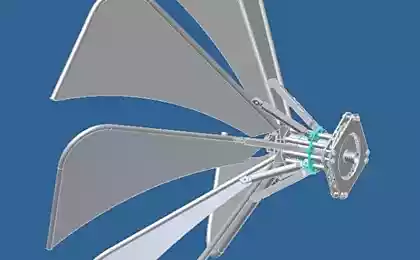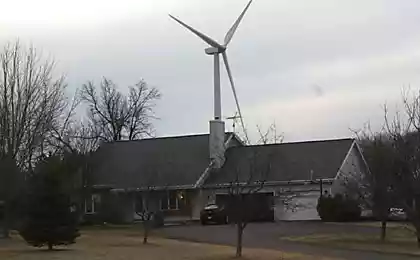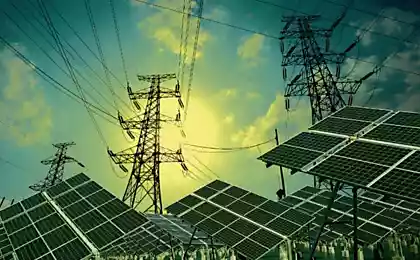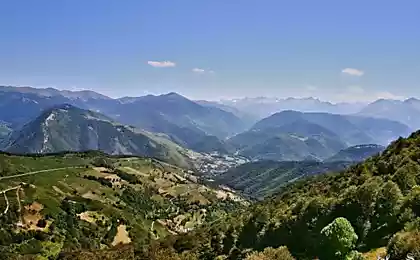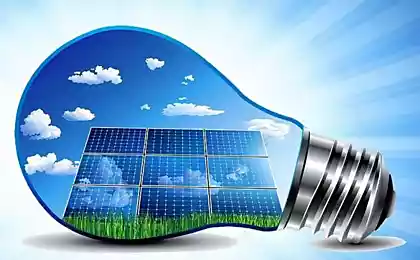144
How to get wind energy in urban areas
In an effort to find an optimal design solution for efficient wind harvesting in urban environments, Murtada Alkabi, a student at Delft University of Technology in the Netherlands, has developed a brilliant modular wind turbine system designed for coastal facades of buildings.
Traditional wind turbines are rarely used in urban environments for many reasons. A typical wind turbine is getting bigger – no one will be surprised by the design over 700 feet tall, capable of powering more than 7,500 homes. However, such a mill changes the usual landscape, creates a noticeable noise, sometimes causes the death of birds.
In the city, architecture itself becomes an obstacle to the development of wind energy: tall buildings block the winds that drive turbines. Another challenge is to efficiently deliver the generated electricity to end users. Some of them will inevitably be too far away from working power generators for power transmission to be efficient. But to date, there are no technologies that allow to save electricity generated by wind energy in quantities sufficient for regular power supply to cities and settlements.
Murtada Alcabi’s new development solves all these problems in one fell swoop. It is designed only for those buildings that are in the path of powerful sea winds – and in fact there are countless cities on the planet located on the coast! It creates no noise, is safe for birds, instantly and without loss transfers the energy received to the inhabitants of the building. In addition, it indicates that wind energy objects can be built into an architectural object without disturbing the appearance of the urban environment.
The system, which has not yet received an official name, consists of a large number of flexible removable panels that respond to blowing winds and create beautiful green patterns on the facade of the building. According to the author of the project, the inspiration for him was an ordinary grass growing everywhere on the beaches. This concept holds significant potential to become a tourist attraction and a new architectural milestone.
Of course, this isn’t the first time designers and architects have looked at ways to integrate wind energy into buildings. But Murtada Alcabi says the downside to most other ideas is that they weren't focused on aesthetic issues. “In recent years, we’ve seen a few small conceptual developments from various research centers and universities, but unfortunately the focus remains largely on the engineering aspects of design.” At the same time, interest in wind energy remains low due to the remote location of wind farms and the reputation behind them that they are unsuitable for living and recreation.”
Architecture should not only focus on building design, but also focus on combining sustainable energy and habitability. This is what the Murtad Alcabi project is all about, which combines rainwater harvesting mechanisms, a green roof, solar panels and a facade wind energy harvesting system. The energy produced will be fed into the internal power grid and will help reduce electricity bills.
To prove that the development is not just a conceptual project, the author calculated the amount of energy produced by the system and compared the figures with those of an existing power plant of 11 turbines located over three square miles in Belgium. To create the same amount of energy, the new design will use a much smaller area. “If we want to produce seven megawatts of energy, we have to use only 1.3 square miles of surface area.” This is less than half the area required by 11 expensive and bulky wind turbines, Alcabi said.
Source: facepla.net
Mini house from recycled materials by designer Gregory Kloen
Weather phenomena caused by greenhouse effect
